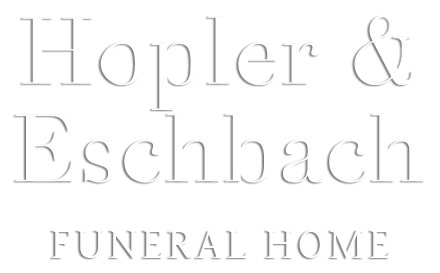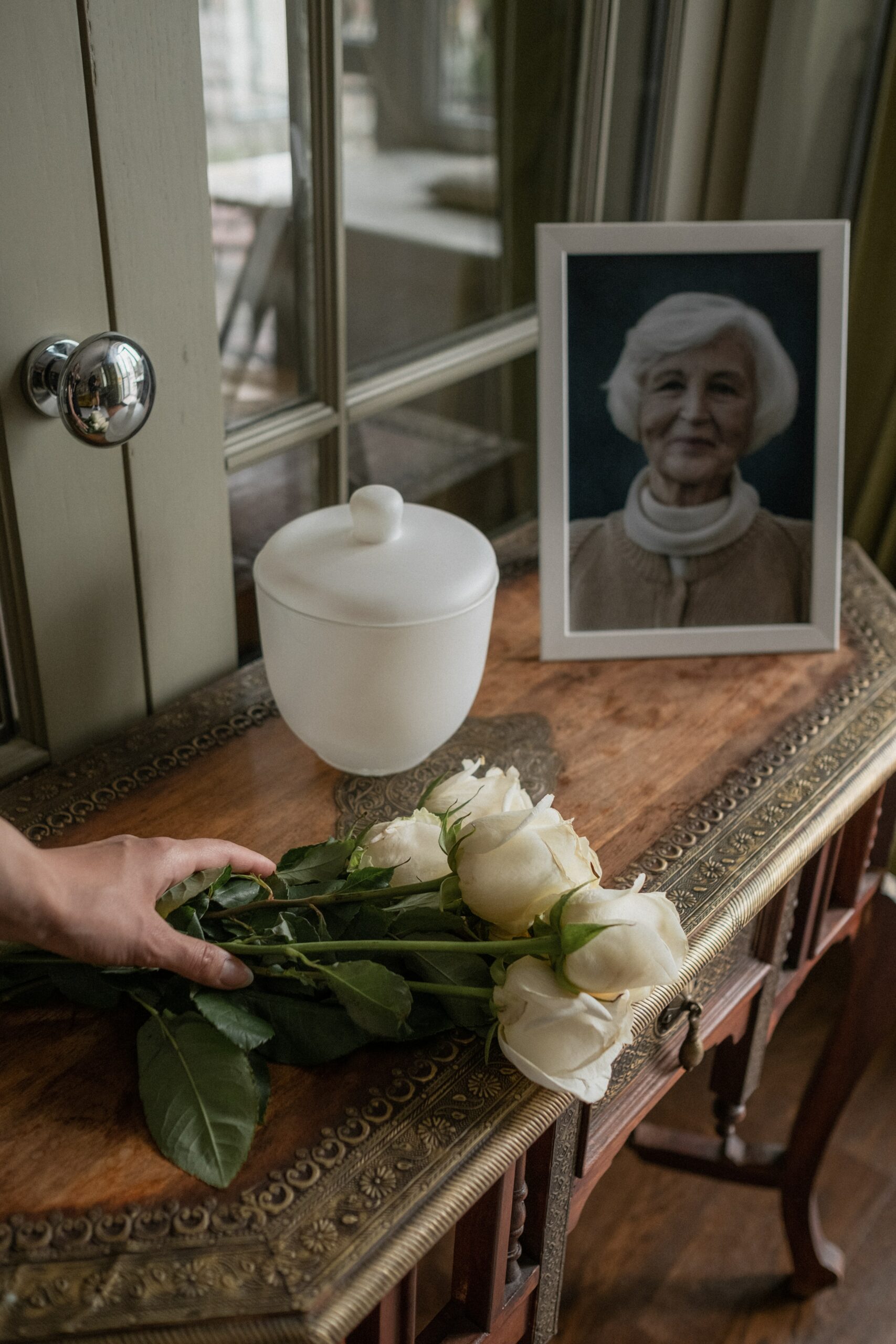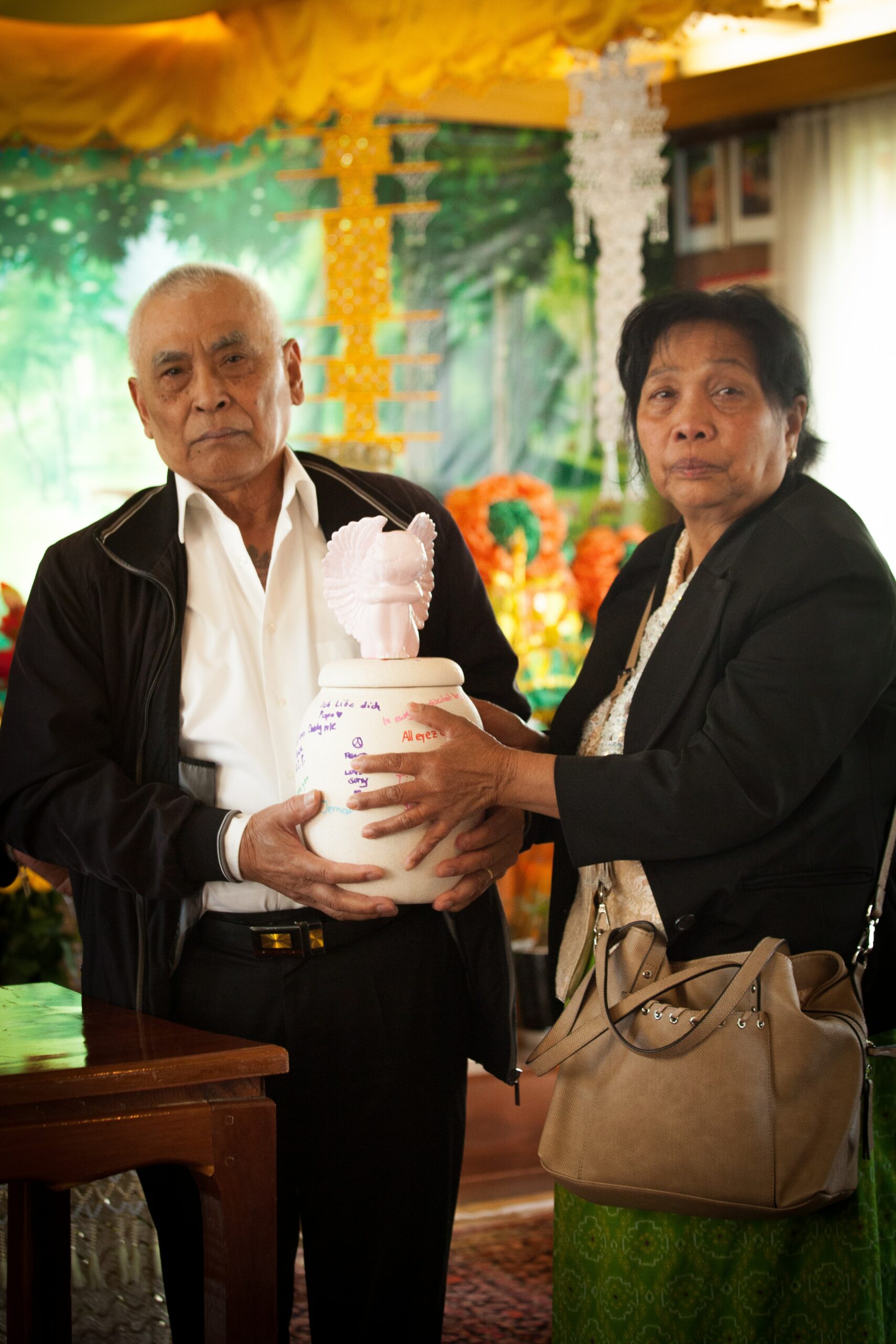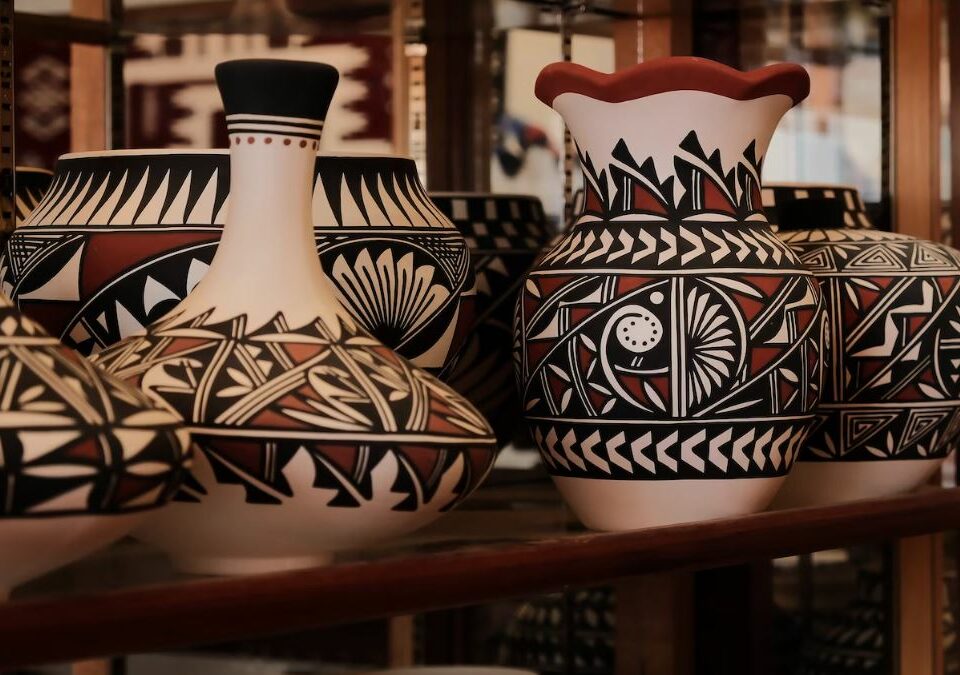How to Arrange a Cremation without a Funeral Director?


Arranging a cremation without a funeral director may seem like a daunting task, but it is actually quite simple. You can arrange a cremation without a funeral director. All you need is the urn, the death certificate, and the cremation permit. The urn can be anything from a simple cardboard box to an elaborate marble sculpture. You can get the death certificate from the hospital or doctor’s office and the cremation permit from your local health department.
1. Find a reputable crematory. Ask friends, family, or your clergyperson for a referral.
 The first step in arranging a cremation is to find a reputable crematory. The best way to do this is to ask friends, family, or your clergyperson for a referral. Once you have found a crematory that you feel comfortable with, you will need to make some decisions about the cremation process. For example, you will need to decide whether you want to have a private or public cremation. You will also need to decide whether you want the ashes to be scattered or interred.
The first step in arranging a cremation is to find a reputable crematory. The best way to do this is to ask friends, family, or your clergyperson for a referral. Once you have found a crematory that you feel comfortable with, you will need to make some decisions about the cremation process. For example, you will need to decide whether you want to have a private or public cremation. You will also need to decide whether you want the ashes to be scattered or interred.
2. Make sure the crematory is licensed and insured.
 It is important to make sure that the crematory you’re considering is licensed and insured. This will protect you in the event of any problems with the cremation process. Second, ask for a list of references from the crematory. This will give you an idea of the crematory’s level of experience and customer service. Finally, be sure to ask about any extra charges that may be associated with the cremation. These can include transportation fees, paperwork fees, and grave-site preparation fees. By taking these simple precautions, you can ensure that your loved one’s cremation is handled in a professional and respectful manner.
It is important to make sure that the crematory you’re considering is licensed and insured. This will protect you in the event of any problems with the cremation process. Second, ask for a list of references from the crematory. This will give you an idea of the crematory’s level of experience and customer service. Finally, be sure to ask about any extra charges that may be associated with the cremation. These can include transportation fees, paperwork fees, and grave-site preparation fees. By taking these simple precautions, you can ensure that your loved one’s cremation is handled in a professional and respectful manner.
3. Contact the crematorium and ask about their procedures.
 Next step is to contact the crematorium and ask about their procedures. They will be able to provide you with information about the process, as well as answer any questions you may have. It is also a good idea to ask about their experience and credentials. Once you have gathered all the information you need, you can then make an informed decision.
Next step is to contact the crematorium and ask about their procedures. They will be able to provide you with information about the process, as well as answer any questions you may have. It is also a good idea to ask about their experience and credentials. Once you have gathered all the information you need, you can then make an informed decision.
4. Choose an urn or casket for the cremains.
 Arranging a cremation involves choosing an urn or casket for the cremains. There are many different kinds of urns and caskets available, so it’s important to take some time to consider all of your options. Cremation urns come in a variety of materials, including wood, metal, ceramic, and glass. They can also be decorated with carved designs or inlaid with precious metals. Caskets are usually made of wood or metal, and they can be either simple or elaborate. When choosing an urn or casket, it’s important to think about what kind of tribute you want to create for your loved one. Do you want something that is traditional and timeless or something that is unique and personal? Once you’ve decided on the perfect urn or casket, you will need to make arrangements for it to be delivered to the crematorium.
Arranging a cremation involves choosing an urn or casket for the cremains. There are many different kinds of urns and caskets available, so it’s important to take some time to consider all of your options. Cremation urns come in a variety of materials, including wood, metal, ceramic, and glass. They can also be decorated with carved designs or inlaid with precious metals. Caskets are usually made of wood or metal, and they can be either simple or elaborate. When choosing an urn or casket, it’s important to think about what kind of tribute you want to create for your loved one. Do you want something that is traditional and timeless or something that is unique and personal? Once you’ve decided on the perfect urn or casket, you will need to make arrangements for it to be delivered to the crematorium.
5. File necessary paperwork with the crematorium and/or registrar’s office.
 You will need to file the necessary paperwork with the crematorium and/or registrar’s office. This will usually include a death certificate and a cremation authorization form. Once the paperwork is in order, you can then arrange for the body to be transported to the crematorium. The staff at the crematorium will take care of the rest, and you can usually expect to receive the ashes within a few days.
You will need to file the necessary paperwork with the crematorium and/or registrar’s office. This will usually include a death certificate and a cremation authorization form. Once the paperwork is in order, you can then arrange for the body to be transported to the crematorium. The staff at the crematorium will take care of the rest, and you can usually expect to receive the ashes within a few days.
6. Plan and Hold a memorial service, if desired.
 If you desire, you can hold a memorial service following the cremation. This can be an opportunity to say goodbye to your loved one in a more traditional fashion and to honor their memory. You can arrange for the ashes to be present at the service, or you may choose to scatter them beforehand.
If you desire, you can hold a memorial service following the cremation. This can be an opportunity to say goodbye to your loved one in a more traditional fashion and to honor their memory. You can arrange for the ashes to be present at the service, or you may choose to scatter them beforehand.
7. Pick up the ashes from the crematory after the cremation process is complete.
 After the cremation is complete, it is important to pick up the ashes from the crematory. Crematories typically have a designated area where family members can come to pick up the ashes. The staff will often provide an urn or other type of container for the ashes (if you have not chosen an urn). It is important to remember that the ashes may be very fragile, so it is advisable to handle them with care. Once the ashes have been collected, they can be scattered or buried according to the wishes of the deceased.
After the cremation is complete, it is important to pick up the ashes from the crematory. Crematories typically have a designated area where family members can come to pick up the ashes. The staff will often provide an urn or other type of container for the ashes (if you have not chosen an urn). It is important to remember that the ashes may be very fragile, so it is advisable to handle them with care. Once the ashes have been collected, they can be scattered or buried according to the wishes of the deceased.
How to Arrange a Cremation
Arranging a cremation is an important part of the service we offer. Whether you choose direct cremations (without having any funeral services) or a cremation with a funeral service, it all happens in much the same way-the details may vary depending on what feels right for your family’s needs!
The first step in arranging a cremation is having the funeral home transport the body to the funeral home after your loved one has died. You will also need to decide whether you want to have a funeral service and a memorial along with the cremation or would you rather keep it simple with direct cremation.
If your loved one died in a hospital, the medical staff there may notify the funeral home so that the body can be transported. If your loved one died in home hospice care, then you will notify the hospice nurse (if they are not there) of the death, and they will come and call the funeral home for transportation as part of their attending duties.
How to Arrange Cremation in NY?
Some states (New York has no such requirement) require at least 24 hours before someone is cremated, so even if you choose direct cremation, it will necessarily be delayed until such time limit has passed (usually 24-72 hours depending on state law where the death occurred). There is a lot of paperwork, which your funeral director will take care of, that must be done for cremations. This is to ensure that cremations are done professionally and compassionately.
A death certificate is needed before your loved one can be cremated. The death certificate is a document that needs information from the medical staff taking care of your loved one and from the funeral director. Be sure to have your loved one’s personal information, such as date of birth, full name, and profession ready when you go to the funeral home.
You will also need to complete a cremation authorization form for your loved one who has died. If New York requires additional forms, your funeral director will have them all and will make sure they are completed.
How to Arrange a Direct Cremation?
There are a few things to keep in mind when arranging a direct cremation. First, contact a local funeral home or cremation provider and ask about their process and what they require. They will likely need some basic information about the deceased such as their name, date of birth, and Social Security number. You’ll also need to decide on the time and place of the cremation, as well as whether you’d like any memorial services to be held before or after the cremation. Once all of these details have been decided, the funeral home or cremation provider will take care of the necessary arrangements and paperwork.
Direct cremations are simple and straightforward, giving families the freedom to focus on grieving.
Read More: Talk with Your Family About Cremation
The only requirement for the container used to hold the body during cremation is that it be combustible (wood, particle board, or cardboard). Hopler & Eschbach Funeral Home offers you a wide array of options to choose from to meet your needs and preferences.
Your loved one’s cremation remains will be returned to the funeral home in a temporary container, so selecting an urn is a decision that will need to be made. Hopler & Eschbach Funeral Home provides a wide selection of urns and keepsake sharing urns and jewelry to meet your tastes and needs.
Generally, the cremated remains will be available from the crematory within 24-48 hours from the time we delivered the deceased to the crematory.
Once the cremated remains are ready, they will be returned to the funeral home. You have several options for their final disposition. If you choose burial in a cemetery plot or an urn garden or storage in a columbarium niche, the funeral director will take care of all the necessary paperwork and details to get this done.
If you decide to do something else or don’t know what you want to do, you can take the cremated remains home with you.
Whether you need immediate assistance arranging a cremation, or you simply have some questions that need answering, our team at Hopler & Eschbach Funeral Home is here for you. You can visit our funeral home at 483 Chenango St., Binghamton, NY 13901, or you can call us today at (607) 722-4023. We would be honored to assist you in any way we can.
Cremation FAQs
When Did Cremation Begin in the United States?
The first crematorium in the United States began operations in 1876 in Pittsburgh. Prior to that, the few people who were cremated had done so abroad. Cremation gradually grew in popularity and by 1914, it accounted for about 4% of all funerals in the United States. However, its popularity declined during World War I because of concerns that it was un-American and because of the shortage of wood for coffins. After the war, cremation regained its popularity and by 1960, it had become the preferred method of burial in the United States. Today, about 50% of all deaths result in cremation.
How Much Does Cremation Cost in NY?
The average cost of cremation in the United States is around $1,700. However, this price can vary significantly depending on location. The average cremation cost in New York is about $2,000. However, this price can vary depending on the services that are selected and the funeral home that is used. The exact funeral costs will be determined by the final selections that you or the families make.
Is There a Weight Limit for Cremation?
Yes, there is a weight limit for cremation. Most funeral homes have a weight limit of 300 pounds for cremation. This is because the average cremation chamber is only able to accommodate one standard size casket, which typically has a weight limit of 300 pounds. However, some funeral homes do have larger cremation chambers that are able to accommodate two or more caskets at once. If you are arrangements are being made for someone who exceeds the weight limit, you should ask the funeral home if they have a larger chamber or if they will be able to make arrangements with another funeral home that does.



